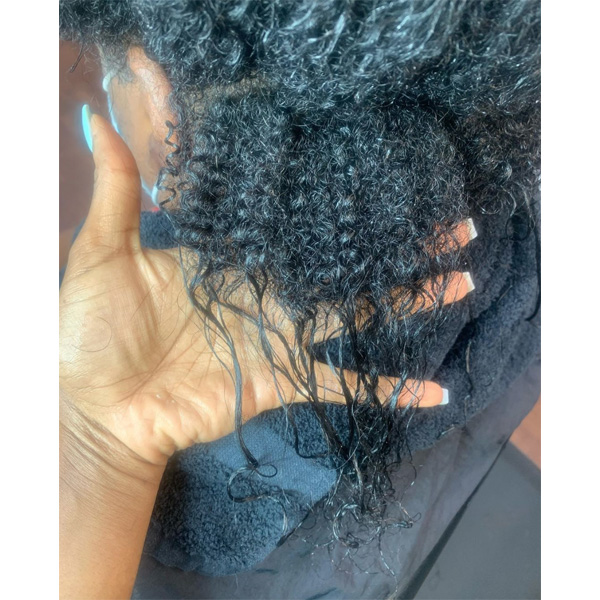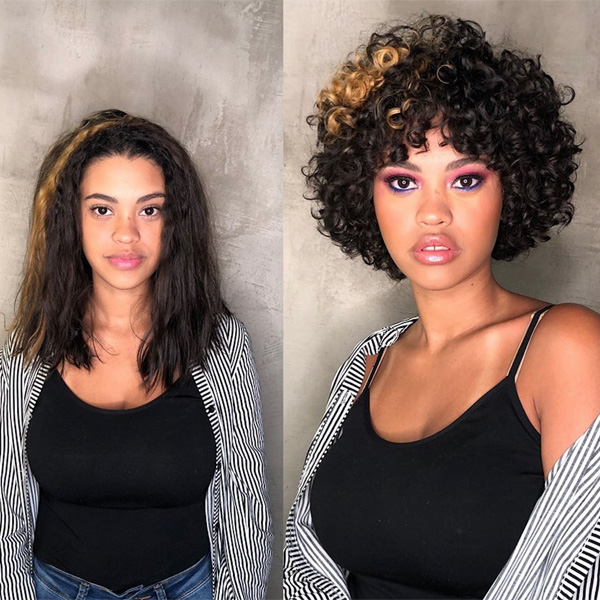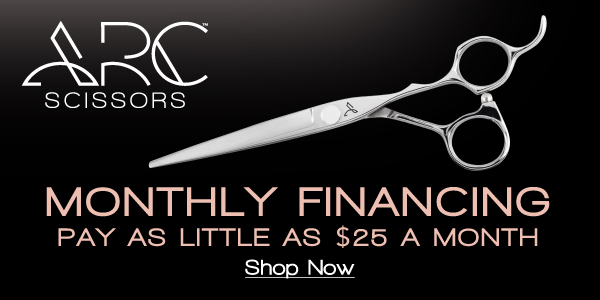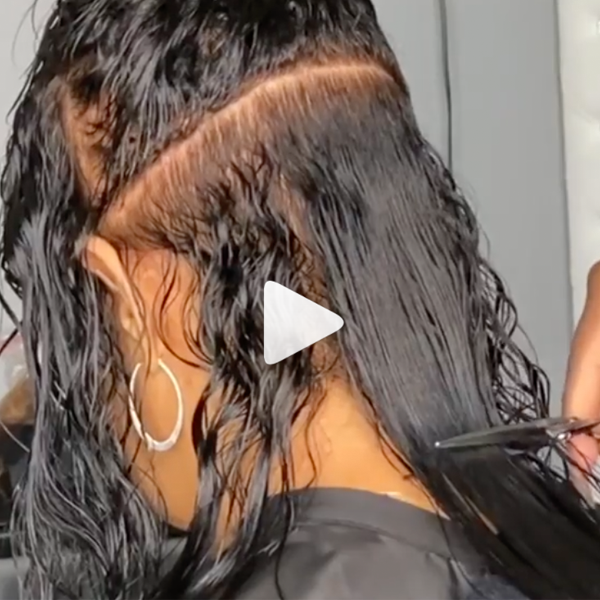Your Guide To Transitioning Chemically Relaxed Hair
How To Transition Chemically Relaxed Hair Back To Natural
When chemically relaxed hair grows out, clients are left with two options: Either go through with the big chop or leave the length. Below, we’re breaking down EVERYTHING you need to know about transitioning relaxed hair back to natural with the help of four texture experts. Keep scrolling to learn things like how you know which option to choose, the signs a big chop is necessary, how long it takes to transition and SO much more!
When To Do The Big Chop Vs. When To Leave The Length
If there is a significant amount of breakage and she wants to start fresh by getting rid of the relaxer altogether, then the big chop is the way to go. If she’s OK with letting the relaxer grow out and instead remove it little by little over time, then you can leave the length. However, the most important thing to remember is that it is ultimately the client’s decision. Why? “Because it is their journey and they need to be comfortable and not discouraged,” explains South Carolina-based curl specialist Lacie Beck (@looksbylacie).

3 Signs A Big Chop Is Necessary
So what are some major indicators that a big chop may be the right call? Here are three key things to look for:
- Excessive hair shedding that is uncontrollable
- Very thin ends—if you pull the hair back into a pony, the ends look stringy
- Damage so significant it’s traveling into and affecting the new growth
Leaving The Length: What The First + Future Appointments Will Look Like
As mentioned above, the ends will look very thin and flimsy, so Miriam Gorham (@lovemiriamg), co-founder of Bombshell Studios CT in Stamford, Conn., says you will definitely need to do a cut at the first appointment if she wants to keep her length. While it doesn’t have to be the big chop, “I would recommend doing a cut so it can look somewhat healthy,” she notes.
As for what hairstyles transitioning clients can leave with that day, North Carolina-based stylist Diarra Dumornay (@glamheadzsalon) recommends a perm rod set, blowout styles or protective styles. From there, she says these clients should be in the chair every three to four weeks—at the least—for appointments that consist of trims and treatments.
Watch how Miriam cuts the hair to a healthy length in the video below!
How Long It Takes To Transition
The length of the transitioning phase varies because everyone starts at a different place. It can be a matter of months for some clients or one to four years for others. “How the hair is being cared for and how frequently they are coming in for haircuts plays a factor,” shares Lacie. “If they are willing to come in more frequently, they will have the damage out sooner. If they are more concerned with retaining length through the process, it will take longer but that’s OK.”
Note: Shrinkage also plays a factor in how long the transitioning phase lasts! “The more shrinkage the natural hair has, the longer it will take to see growth,” Lacie adds.
Peep the AMAZING transformation of one of Lace’s transitioning clients below!

Note: For the above after photo, Lacie washed with Pureology Strength Cure Shampoo & Conditioner and styled with Ouidad VitaCurl™+ Define & Shine Styling Gel-Cream and Going Up! Volumizing Texture Spray.
Products Used
At-Home Regimen
Here’s how clients who are transitioning can care for their hair at home between appointments:
- Wash the hair only one to two times a week
- Detangle in the shower with conditioner
- Dry hair with a microfiber towel to avoid friction on the hair
- Deep condition every two to three weeks
- Use products designed specifically for moisture retention
- Avoid heat styling
- Avoid using products that contain sulfates, silicons, parabens and high alcohol content
- Clarify when, and if, necessary
- Massage the scalp regularly
- Sleep on a satin pillow case
“The key tips and tricks for transitioning is consistency and staying on top of your hair getting on a schedule,” shares Miriam. “Start to love your hair and start to take care of what’s on your head.”
What Clients Should Expect
Transitioning is a difficult process but very worth it, which is why Paulo Seabra (@seabrapaullo), who is based in Brazil, says it is important to be honest with your clients from the start.
“Styling gets harder the more your natural grows because what works with the natural hair more than likely won’t work with the chemically treated hair and vice versa,” adds Lacie. “The new growth generally tends to be thicker than the chemically treated hair as it grows out. This can cause the hair to look thick where the natural is and thin at the ends which also makes styling harder and awkward.”
The transition won’t happen overnight, so make sure clients know that it’ll get harder before it gets easier and to be patient with the process.







